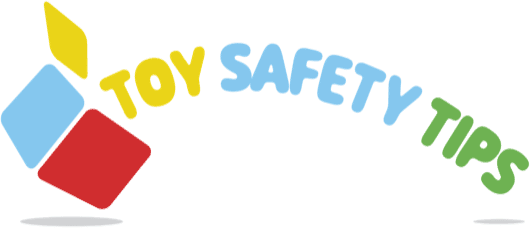Tip 1: Know who you’re buying from. Look for brands with a good reputation. Use shops you are familiar with. If there’s a problem, can you go back to the shop or trader? And if you’re buying online, do you know who the seller is? It’s often a third party, not the website itself.
Tip 2: If a deal sounds too good to be true, it usually is. If the price is much cheaper than usual, be careful! The toy may be counterfeit, poor quality, and unsafe.
Tip 3: Be extra careful when there are batteries and magnets involved. Today’s batteries and magnets are often tiny but very powerful. These small parts should never be released from a toy. They are choking hazards and can be very dangerous if swallowed.
Tip 4: Respect safety warnings and age recommendations. Don’t give toys for over threes to younger children as this can be dangerous. Age recommendations are more than a suggestion. They are based on a child’s abilities and skill levels.
Once you’ve made your choice, here are some other things to keep in mind.
Tip 5: Remove all toy packaging. After you buy a toy, properly dispose of all packaging, especially wrapping, as it may pose a risk for younger children.
Tip 6: Follow the instructions. Follow the instructions when putting your child’s toy together and keep the information that comes with the toy.
Tip 7: Don't leave toys lying in places where they may cause accidents. Your child’s safety is one reason you’ll want your kids to put away their toys after play.
Tip 8: Make sure children wear suitable protective equipment, helmets, and other safety gear when needed. Remember, safety always comes first.
Tip 9: Keep an eye on the kids while they are playing and check the toys regularly for breakage or wear to prevent any injuries. Keep damaged toys away from children.
Tip 10: Should you notice a safety problem, make sure to inform the manufacturer or the shop where you bought it.
